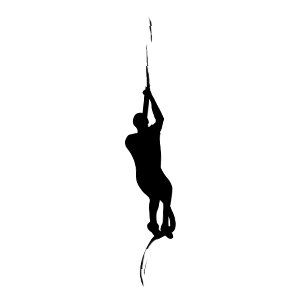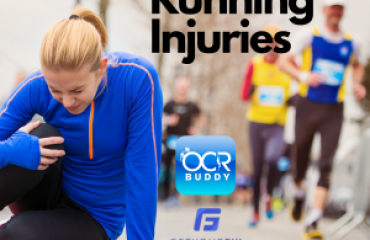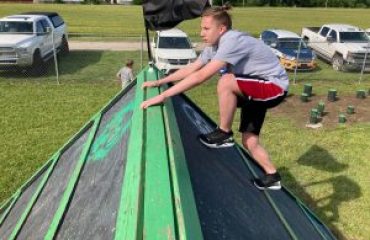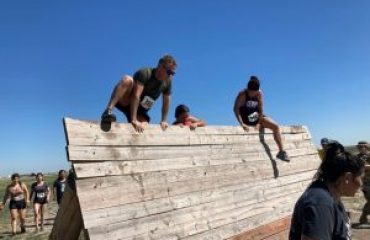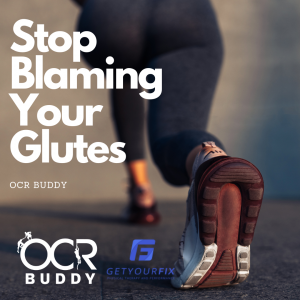 The glutes get blamed for so many things. “My therapist told me my glutes are weak,” “My doctor told me to strengthen my glutes,” “I think my knee pain is due to weak glutes.” I could go on and on about the things I hear on a daily basis.
The glutes get blamed for so many things. “My therapist told me my glutes are weak,” “My doctor told me to strengthen my glutes,” “I think my knee pain is due to weak glutes.” I could go on and on about the things I hear on a daily basis.
Because of that, you spend weeks (and maybe months) doing all sorts of squats, lunges, bridges, clamshells, banded exercises, etc. to strengthen the glutes only to have that pain remain.
What if the glutes are not actually the problem? What if it is something else? Have you considered that option?
Rarely are the glutes the issue. It may be accurate that they do not appear to be firing well, but that does not mean it is a glute issue necessarily. There are a number of things to consider when looking at the glutes as a cause, including what the feet are doing, addressing compensations your body is making, and training in isolation vs in function.
Feet
It is a little known fact that the feet and hips work together. The stabilizers of the hip fire better when the feet are activated. If you never address what is going on at your feet, your hips are never going to do what you want them to do.
So how do you address the feet? Two simple ways: 1) start doing things to strengthen them and teach them to do what they were meant to do, and 2) be barefoot more, and that includes starting to add in some barefoot time with your training.
Compensations/Improper Movement Patterns
The body is great at learning how to move incorrectly. Through the postures, positions, and habits you have, your body learns to move in a way that may get the job done and does not create pain, but does contribute to your body not knowing how to fire the glutes.
Here’s what I mean: With many exercises I observe in clients or in athletes at the gym, I see compensations occur, such as the back muscles kicking in or the pelvis/hip rotating. So even though you may be doing all the right exercises, if your body is moving in the ways it knows how to move rather than the ways you are wanting it to move, you will not achieve the results you are looking for. Ultimately, as long as your body is continuing to compensate through its known movement patterns, you are wasting your time by doing your exercises.
Functional training
Many times when doing glute work, you train the muscles in isolation. Which, if your goal is to feel a muscle burn, that is a great way to do it. If your goal, though, is to improve the function of the glutes with activity, you need to start training differently.
A couple things to think about here: 1) when training in isolation, you are not actually preparing the muscles for function because the muscle (or any muscle for that matter) never functions in isolation, and 2) the body does not know how to carryover what you did in isolation to the functional movement.
Perfect example: I see a lot of runners who do a lot of glute work to correct issues such as a hip drop or knee pain, but the issues do not improve. The body does not know how to connect the dots if you do not connect the dots for it!
Written by Brianne Showman. Brianne is a physical therapist and running coach with Get Your Fix Physical Therapy And Performance. Her focus is on helping athletes resolve injuries in less time by getting to the root of the problem, improving movement patterns, and incorporating proper training to help the body to move more efficiently, more powerfully, and in less injury-prone ways.
